Question 3.Match the following terms with the appropriate definition.Future ValueTime value of moneyMonetary AssetPresent value of a single amountSimple interestA.Claim to a fixed amount of cash.B.A dollar now is worth more than a dollar later.C.Based on initial investment only.D.Amount today equivalent to a specified future amount.E.Accumulation of an amount with interest.
Question 3.Match the following terms with the appropriate definition.Future ValueTime value of moneyMonetary AssetPresent value of a single amountSimple interestA.Claim to a fixed amount of cash.B.A dollar now is worth more than a dollar later.C.Based on initial investment only.D.Amount today equivalent to a specified future amount.E.Accumulation of an amount with interest.
Chapter1: Financial Statements And Business Decisions
Section: Chapter Questions
Problem 1Q
Related questions
Question
Question 3
.Match the following terms with the appropriate definition.
Future Value
Time value of money
Monetary Asset
Present value of a single amount
Simple interest
A.
Claim to a fixed amount of cash.
B.
A dollar now is worth more than a dollar later.
C.
Based on initial investment only.
D.
Amount today equivalent to a specified future amount.
E.
Accumulation of an amount with interest.
Expert Solution
This question has been solved!
Explore an expertly crafted, step-by-step solution for a thorough understanding of key concepts.
This is a popular solution!
Trending now
This is a popular solution!
Step by step
Solved in 2 steps with 1 images

Knowledge Booster
Learn more about
Need a deep-dive on the concept behind this application? Look no further. Learn more about this topic, accounting and related others by exploring similar questions and additional content below.Recommended textbooks for you
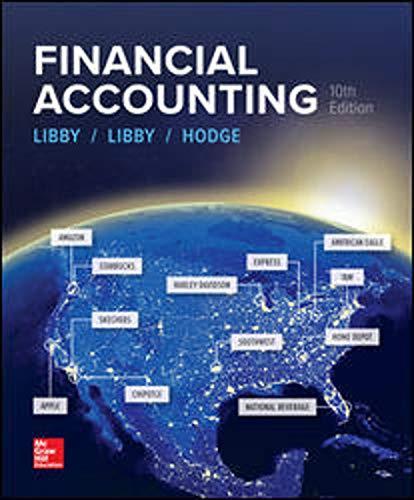
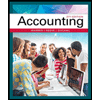
Accounting
Accounting
ISBN:
9781337272094
Author:
WARREN, Carl S., Reeve, James M., Duchac, Jonathan E.
Publisher:
Cengage Learning,
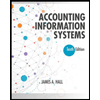
Accounting Information Systems
Accounting
ISBN:
9781337619202
Author:
Hall, James A.
Publisher:
Cengage Learning,


Accounting
Accounting
ISBN:
9781337272094
Author:
WARREN, Carl S., Reeve, James M., Duchac, Jonathan E.
Publisher:
Cengage Learning,

Accounting Information Systems
Accounting
ISBN:
9781337619202
Author:
Hall, James A.
Publisher:
Cengage Learning,
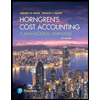
Horngren's Cost Accounting: A Managerial Emphasis…
Accounting
ISBN:
9780134475585
Author:
Srikant M. Datar, Madhav V. Rajan
Publisher:
PEARSON
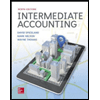
Intermediate Accounting
Accounting
ISBN:
9781259722660
Author:
J. David Spiceland, Mark W. Nelson, Wayne M Thomas
Publisher:
McGraw-Hill Education

Financial and Managerial Accounting
Accounting
ISBN:
9781259726705
Author:
John J Wild, Ken W. Shaw, Barbara Chiappetta Fundamental Accounting Principles
Publisher:
McGraw-Hill Education